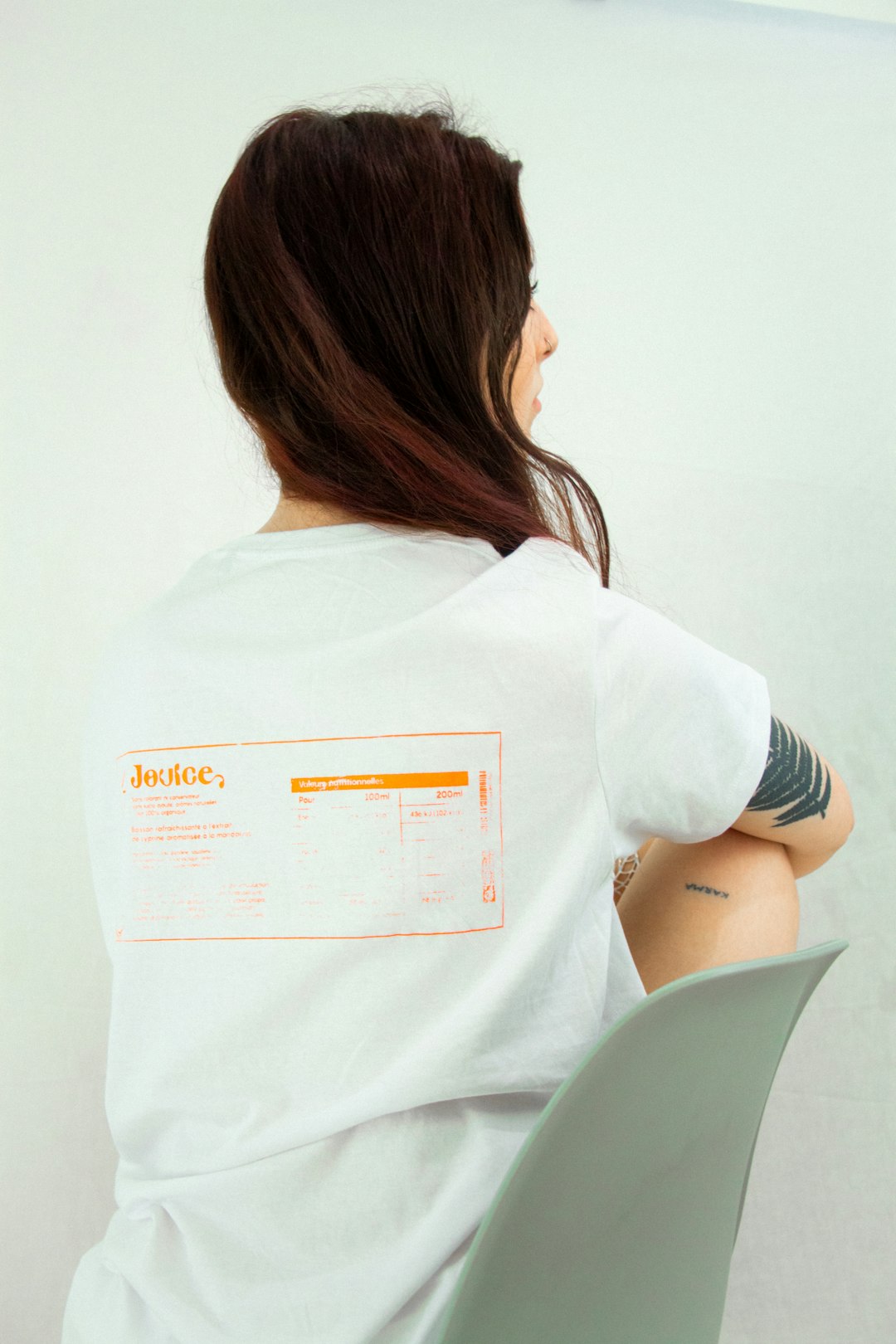Creating and selling T-shirts from home can be a rewarding and profitable venture if approached with the right mindset and tools. Over the past few years, I’ve been able to turn my passion for graphic design into a steady home-based business. Below, I’ll walk you through the exact process I follow to make, print, and sell my T-shirt designs—right from the comfort of my home.
Step 1: Designing the T-Shirts
The very first and arguably most important step is creating a great design. Without compelling artwork, even the best marketing and printing efforts won’t yield results.
I begin by brainstorming ideas based on current trends, popular culture, and niche communities. Inspiration can come from anywhere—music, memes, or even motivational quotes. Once I have an idea, I move to the actual design phase using tools like Adobe Illustrator and Procreate.
Key elements I consider:
- Color Scheme: Making sure colors pop while still being printable on T-shirts.
- Typography: Using unique fonts to match the tone of the message.
- Canvas Size: Setting appropriate resolution (usually 300 dpi) for print quality.

Once the design is ready, I export it in high-resolution PNG with a transparent background, which makes it easier to overlay on different colored T-shirts.
Step 2: Choosing the Right Printing Method
Deciding how to print the shirts is a critical part of the process. Since I run everything from home, I use Direct-to-Garment (DTG) printing because it’s cost-effective for small batches and offers great detail.
However, depending on your budget and volume, there are other options too:
- Heat Transfer Printing: Ideal for hobby-level and small runs.
- Screen Printing: Best for bulk orders but more setup-intensive.
- DTG Printing: Great for high-detail designs and small batches.
I invested in a DTG printer after my orders became consistent. It wasn’t cheap, but the long-term savings and flexibility have made it worthwhile. Before owning my own printer, I worked with a local print shop that allowed me to submit files digitally and pick up the finished shirts.

Step 3: Handling Inventory and Storage
Maintaining an organized inventory system is essential. I keep small quantities of T-shirts in basic sizes (S, M, L, XL) and standard colors (black, white, grey) in plastic bins labeled by size and color.
When I receive an order, I simply pick the correct shirt, print the design, and prepare it for shipping. I also use inventory management software to track stock levels and reorder when needed.
Step 4: Setting Up an Online Store
To sell my T-shirts, I use Shopify as my primary storefront because it offers robust tools for managing products and payments. I’ve also integrated it with other channels like Etsy and Facebook Shop.
Important features I include in my online store:
- High-quality product photos showing the designs on models or mockups.
- Detailed product descriptions explaining the design’s inspiration and fabric details.
- Clear sizing charts to avoid returns and confusion.
Marketing is key. I use Instagram and Pinterest to showcase my designs and run occasional promotions. Good SEO practices and email marketing go a long way in increasing visibility and repeat customers.

Step 5: Shipping and Customer Service
Once an order is ready, I use a thermal label printer and standard poly mailers to ship my packages. I mostly use USPS for domestic shipping due to their affordable rates and reliable tracking.
Customer service is one area I never compromise on. I personally respond to all emails and direct messages within 24 hours. Handling issues quickly and courteously leads to more positive reviews and word-of-mouth recommendations.
Final Thoughts
Running a T-shirt business from home requires dedication, organization, and creativity, but it’s entirely feasible. The beauty of this model is that you can scale it at your own pace—start with printed-on-demand, then graduate to owning your own equipment.
With the right design, tools, and mindset, you can turn your ideas into a wear-and-sell business without leaving your home. It’s not always easy, but seeing someone wear something you created is deeply fulfilling.


